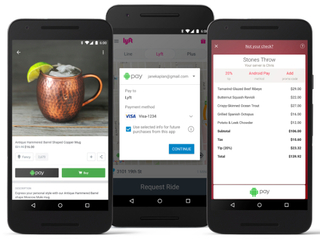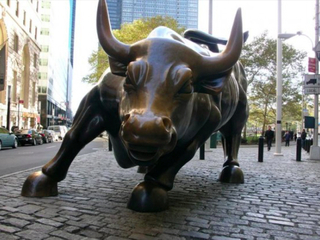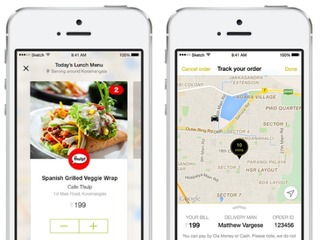Every Cure and BioPhy launch partnership on drug repurposing
EveryCure will leverage BioLogicAI, BioPhy’s predictive AI engine, to assess drug-disease matches
Read more... More trouble in food delivery paradise?
More trouble in food delivery paradise?
Instacart, the big-name grocery delivery startup last valued at $2 billion, has got in touch with drivers to let them in on some bad news: their earnings are dropping.
In San Francisco, for example, where drivers who picked up prepackaged bags from grocery stores previously earned $4 per drop-off, those same drivers will now only receive $1.50 per drop-off—a 63 percent reduction. Even assuming a more conservative 40 percent reduction, a driver that might have previously earned $20 per hour will now earn only $12 per hour, which is coincidentally a 25 cents below San Francisco’s minimum wage.
“We have made some recent rate changes to reduce variability in how much shoppers earn, and we are constantly innovating to help shoppers get more orders,” Instacart said in a statement published by the Wall Street Journal. “After these changes our shoppers will earn, on average, an effective rate of $15 to $20 per hour,” plus any tips.
We've reached out to the company to confirm these changes and receive an official statement, and will update when we hear back.
The news comes just a few months after Instacart raised its delivery fee from $3.99 to $5.99 and the subscription price to Instacart Express (which includes free delivery on orders over $35) from $99 to $149. Around the same time, the company also reportedly laid off a dozen recruiters in expectation of slowing hiring in 2016.
Both of the previous news items along with today’s all point to a single trend: Instacart is doing everything it can to cut costs and drive profits.
On the one hand, it makes sense. The company has established a fairly well-known brand at this point, and the food delivery space has proven a difficult one to succeed in, so it needs to make some aggressive decisions to stay in the game. On the other hand, its latest wage cuts for the on-demand workforce looks ruthless, especially since it’s that workforce that literally makes the business model possible.
Of course, the company will likely monitor how the cuts in pay lead to workers defecting. In the ridesharing world, the repeated reductions in wages have led some Uber drivers to revolt in what they say amounts to their being paid less than minimum wage.
And it’s not just Instacart that’s struggling to maintain a healthy, viable business in the food delivery space.
Just yesterday, Ola Cabs (the Uber of India) shut down two of its food delivery apps—one focused on restaurant food delivery (Ola Café) and the other on Instacart-esque grocery delivery (Ola Store). The company cast it as the end of an “experiment” exploring the viability of a business idea that has sprouted dozens of startups and unicorns. Presumably, the experiment failed.
And yet, even in 2016, there are still new entrants. Last month, Google Express expanded into grocery delivery, meaning Instacart has even more competition and from a company with deep pockets.
EveryCure will leverage BioLogicAI, BioPhy’s predictive AI engine, to assess drug-disease matches
Read more...The contract will make it easier for state agencies to evaluate and implement Fusion's technology
Read more...The new office marks OpenAI's first location in Asia
Read more...


